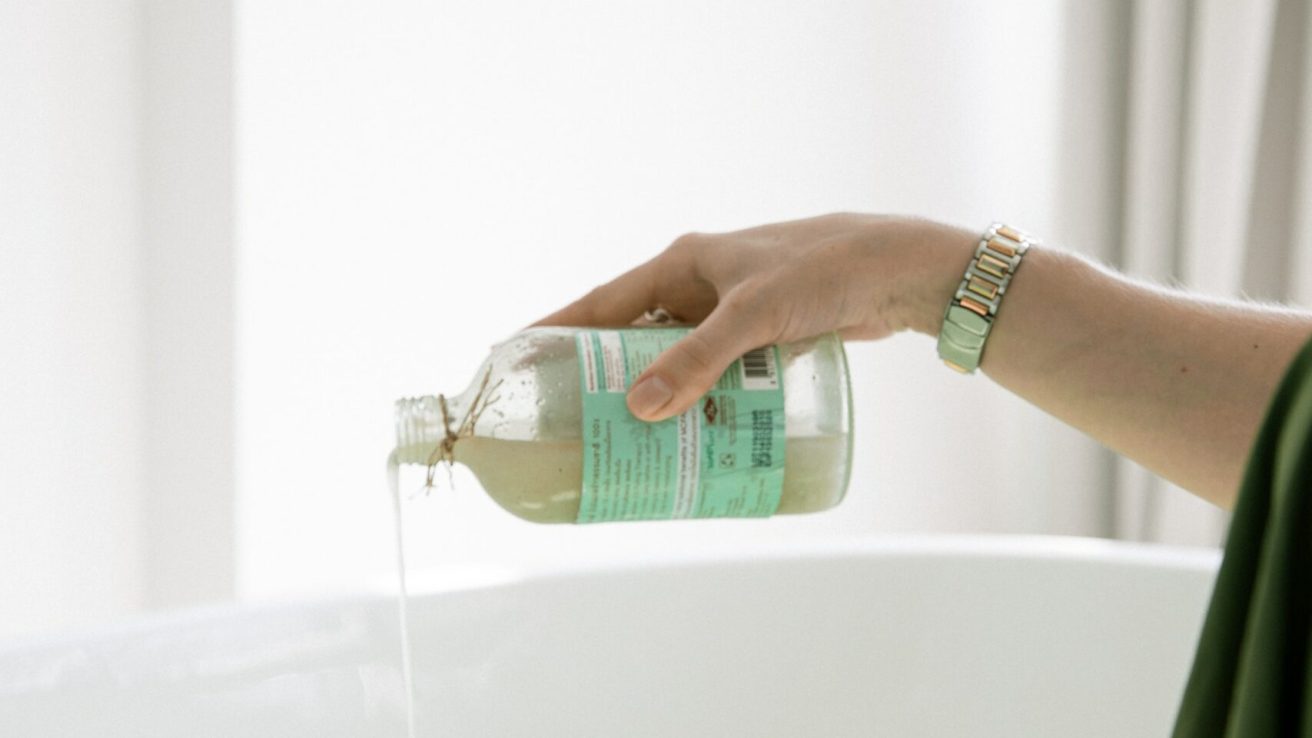Discover effective ways to break the itch–scratch cycle associated with atopic dermatitis. Find out how incorporating additional strategies, such as wearing soft clothing, keeping nails short, and practicing good hygiene, can help break the cycle.
- Atopic dermatitis can cause itchy, red skin patches, which can lead to an itch–scratch cycle.
- Strategies like wearing soft clothing, keeping nails short, and practicing good hygiene can help break the cycle.
- Taking care of overall health and well-being, including managing stress and eating a balanced diet, can reduce the risk of flare-ups.
The itch-scratch cycle can be a challenging aspect of atopic dermatitis, but there are several effective strategies for relieving symptoms and breaking the cycle.
- Moisturize Regularly
One of the most important strategies for managing atopic dermatitis is to keep the skin moisturized. Dry skin can be more prone to itching and irritation, so using a moisturizer on a regular basis can help prevent these symptoms. Look for moisturizers that are fragrance-free and contain ingredients like ceramides, which can help strengthen the skin’s barrier function [1].
- Identify and Avoid Triggers
Another effective strategy for managing atopic dermatitis is to identify and avoid triggers. Triggers can include things like harsh soaps and detergents, certain fabrics, extreme temperatures, and certain foods. By identifying and avoiding these triggers, you can help prevent flare-ups and reduce the severity of symptoms.
- Resist the Urge to Scratch
If you do experience a flare-up, it’s important to resist the urge to scratch. Scratching can further irritate the skin and may even lead to infection. Instead, try applying a cool compress or taking a lukewarm bath to soothe the skin. You can also use over-the-counter anti-itch creams or ointments to help relieve itching.
- Use Effective Treatments
For more severe cases of atopic dermatitis, prescription medications may be necessary. These can include topical corticosteroids or immunomodulators, which can help reduce inflammation and itching [2]. In some cases, oral medications like antihistamines or immunosuppressants may also be used. Talk to a health professional for a proper diagnosis and treatment plan.
Other Strategies for Breaking the Itch-Scratch Cycle
- Wearing soft, breathable clothing made from natural fibers like cotton.
- Keeping fingernails short to prevent scratching.
- Using a humidifier to keep the air moist.
- Practicing good skin hygiene, including bathing regularly with mild, fragrance-free soaps and avoiding hot water.
Taking Care of Your Overall Health
In addition to these strategies, it’s also important to take care of your overall health and well-being. Stress can be a trigger for atopic dermatitis, so finding ways to manage stress, such as exercise, meditation, or therapy, can be helpful. Eating a healthy, balanced diet and getting enough sleep may also help support healthy skin and reduce the risk of flare-ups.
Breaking the itch–scratch cycle is an essential part of managing atopic dermatitis. By keeping the skin moisturized, avoiding triggers, and using effective treatments, you can help relieve symptoms and prevent further irritation. By taking care of your overall health and seeking guidance from a health professional, you can improve the health of your skin and reduce the risk of flare-ups.
References:
- Draelos, Z. D., & Raymond, I. (2018). The Efficacy of a Ceramide-based Cream in Mild-to-moderate Atopic Dermatitis. Journal of Clinical and Aesthetic Dermatology, 11(5), 30-32.
- Drucker, A. M., Morra, D. E., Prieto-Merino, D., Ellis, A. G., Yiu, Z. Z. N., Rochwerg, B., Di Giorgio, S., Arents, B. W. M., Burton, T., Spuls, P. I., Schmitt, J., & Flohr, C. (2022). Systemic Immunomodulatory Treatments for Atopic Dermatitis: Update of a Living Systematic Review and Network Meta-analysis. JAMA Dermatol, 158(5), 523-532. https://doi.org/10.1001/jamadermatol.2022.0455









